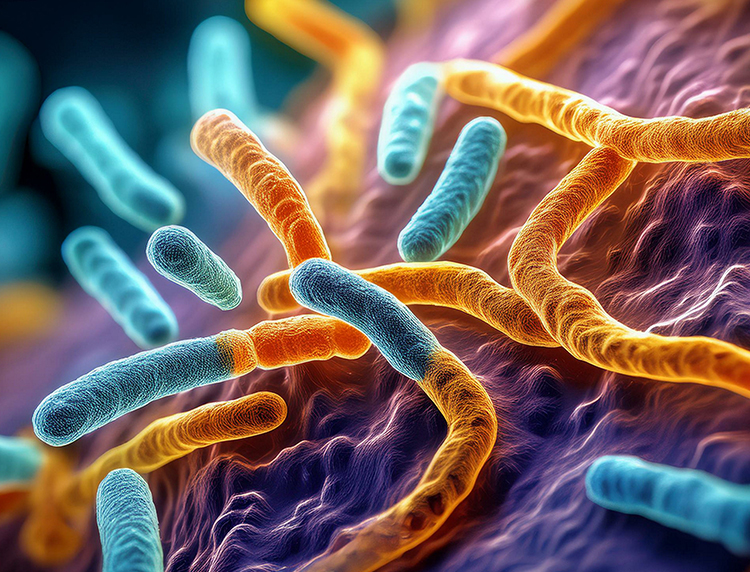Early Research Stage
(Proof of Concept in animal model)
Pharmacokinetics (PK)
We provide scientifically reliable data on the ADME (Absorption, Distribution, Metabolism, and Excretion) processes of test substances to support formulation development.
Pharmacokinetics (PK) evaluation assesses the in vivo behavior of test substances at expected therapeutic concentrations. By analyzing absorption, distribution, metabolism, and excretion, we calculate pharmacokinetic parameters such as systemic exposure, dose dependency, and administration route characteristics, providing essential data for formulation research.

Key Evaluation
Calculation of pharmacokinetic parameters
- Tmax, Cmax, t1/2, AUC, bioavailability, etc.
- Use professional software WinNonlin
Systemic exposure evaluation :
- Test species: Rodents (mice, rats), Non-Rodents (dogs, rabbits, monkeys)
- Test materials and routes of administration (oral, intravenous, subcutaneous, intramuscular)
- Dose-dependent analysis
Exploratory bioequivalence studies :
Based on cross-over designs
Applications and Expansion
- Providing critical data for efficacy and safety evaluation during the preclinical stage
- Enhancing bioavailability and optimizing administration routes for new drug development
- Verifying the development potential of candidate substances through exploratory bioequivalence studies
Efficacy Test
Supporting early drug efficacy evaluation and mechanism validation in the initial research stage, we provide key data for transitioning into preclinical studies.
Tailored efficacy testing services enhance the likelihood of successful drug development. Contact us today!

Screening-tox
Screening toxicology is a preliminary study conducted before GLP toxicology tests (main studies) to pre-evaluate the toxicity profile of test substances.
These cost- and time-efficient screening studies are designed to minimize risks in the main study phase.

Screening-tox Purpose
- Identify the toxicity profile of test substances : Assess primary toxic reactions and severe side effects
- Secure data to design main studies (dose range, administration routes, duration)
- Predict test substance safety, supporting efficient decision-making in early research stages
Service Features
Optimized Study Design
Efficient experiments with minimal animals and shorter study durations
Various Animal Models
Comprehensive support for rodents (mice, rats) to non-rodents (dogs, primates)
Administration Routes and Dosage Settings
Tailored recommendations based on test material characteristics and development stages
Integration with GLP Toxicology
Smooth transition to GLP toxicology tests using data from screening studies
Benefits
- Risk Minimization: Reduce trial and error and additional costs during GLP toxicology tests
- Efficient Study Process: Accelerate decision-making in early-stage drug development with rapid results
- Professional Integration System: Seamless transition from screening toxicology to GLP toxicology studies






